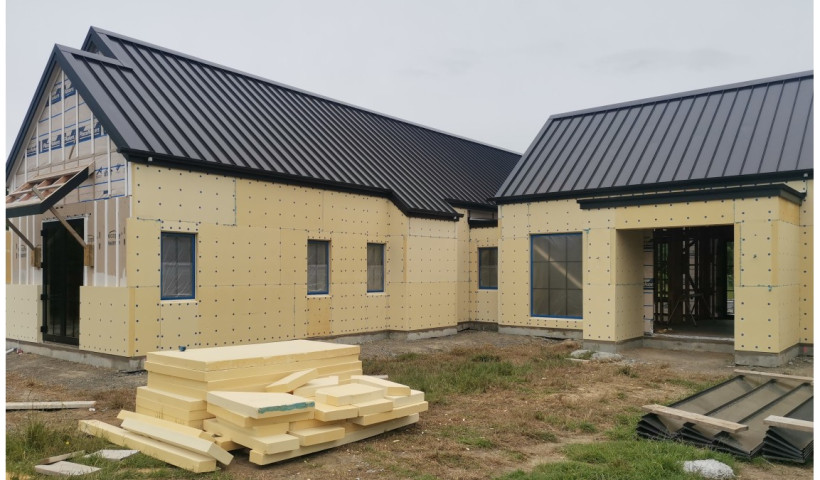
Here’s how PIR insulation contributes to the effectiveness of a rainscreen system:
Thermal Insulation Efficiency
- High R-value: PIR insulation has a high R-value per inch, meaning it provides excellent thermal insulation while using less material. This minimises heat loss, improving the building’s energy efficiency and reducing heating and cooling costs.
- Stable performance: PIR maintains its insulation performance over time, ensuring long-lasting thermal resistance and temperature regulation.
Moisture Resistance
- Closed-cell structure: PIR has a closed-cell foam structure, which makes it highly resistant to water absorption. This helps prevent moisture ingress into the wall cavity, keeping the structure dry and reducing the risk of mould or water damage.
- Vapour control: PIR boards often come with foil facings, which act as vapour barriers, controlling the movement of moisture and further improving the building envelope’s ability to manage condensation.
Lightweight and easy installation
- Ease of handling: PIR is lightweight, making it easier to transport and install, especially in complex rainscreen systems.
- Customisable sizes: PIR boards are available in various thicknesses and can be cut to fit different areas, reducing installation time and waste.
Fire performance
- Fire resistance: PIR insulation often has good fire resistance properties. This enhances the overall fire safety of the rainscreen system, slowing the spread of fire and reducing the risk of structural damage.
Durability and Longevity
- Resistant to degradation: PIR insulation is resistant to rot, pests, and environmental factors like UV exposure, making it a durable choice that maintains performance over the lifespan of the building.
- Sustainability: The long-term thermal efficiency and reduced energy use contribute to the sustainability of the building.
Ultimately, by combining thermal efficiency, moisture control, fire resistance, and long-lasting performance, PIR insulation improves the overall effectiveness of rainscreen cladding systems, providing both energy savings and protection for the building structure.













 New Products
New Products



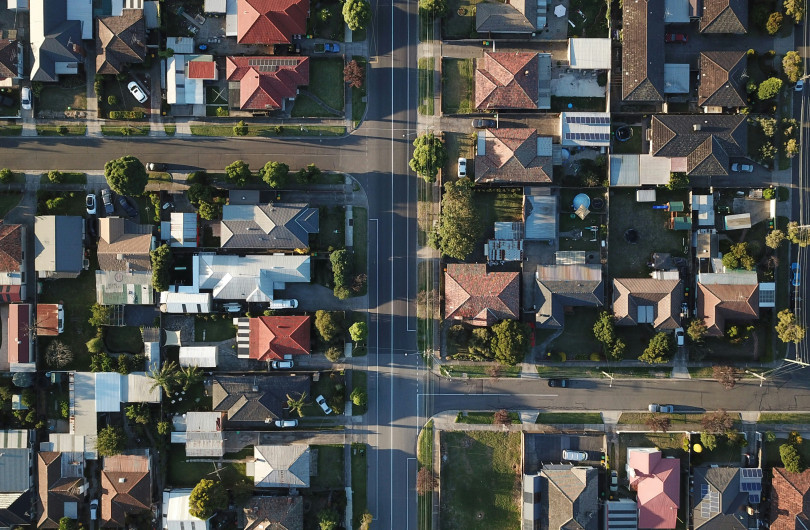

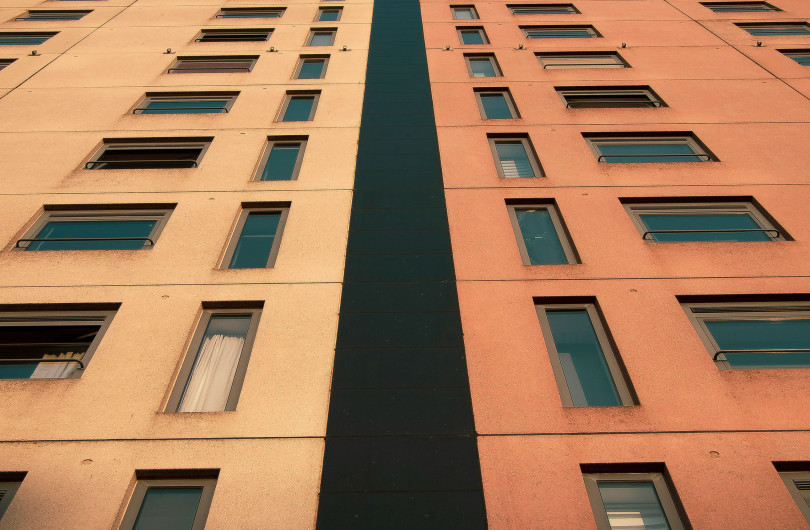


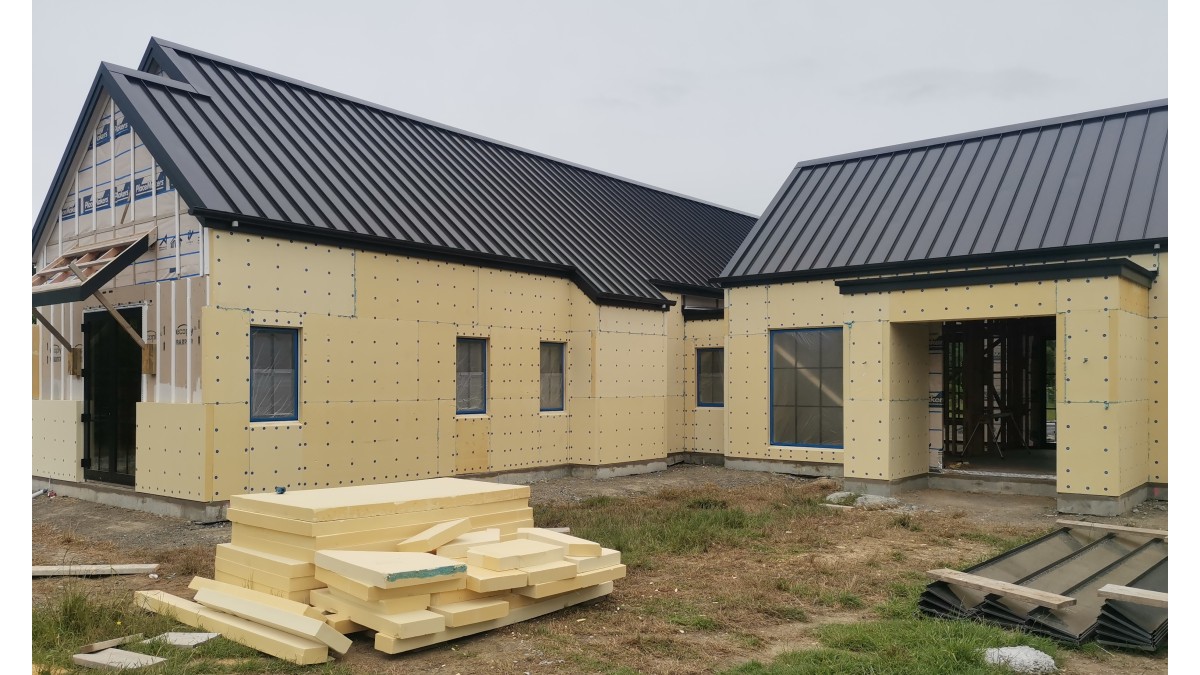


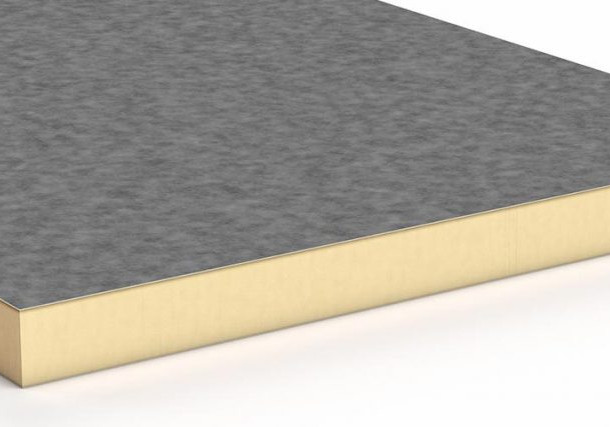


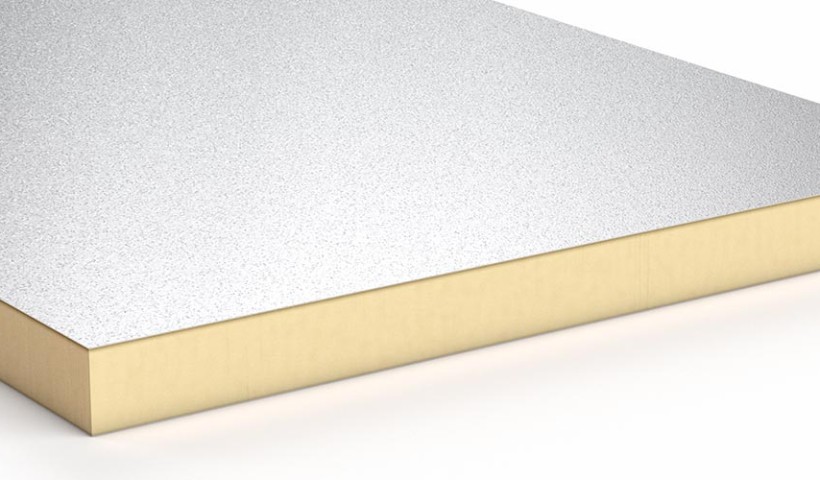
 Popular Products from CNZ Insulation
Popular Products from CNZ Insulation

 Most Popular
Most Popular


 Popular Blog Posts
Popular Blog Posts